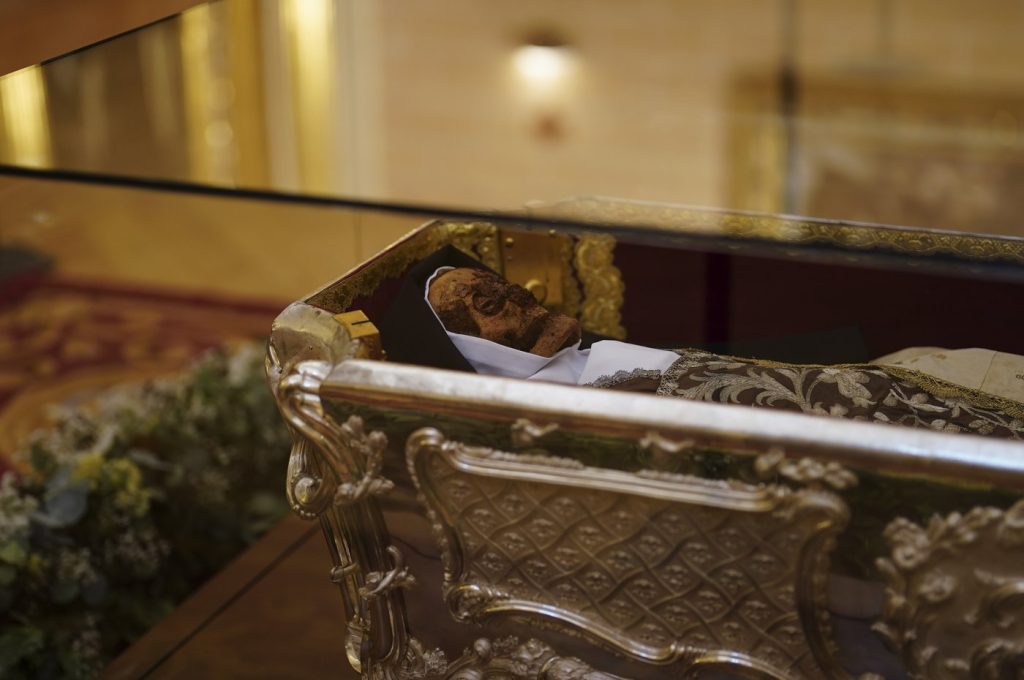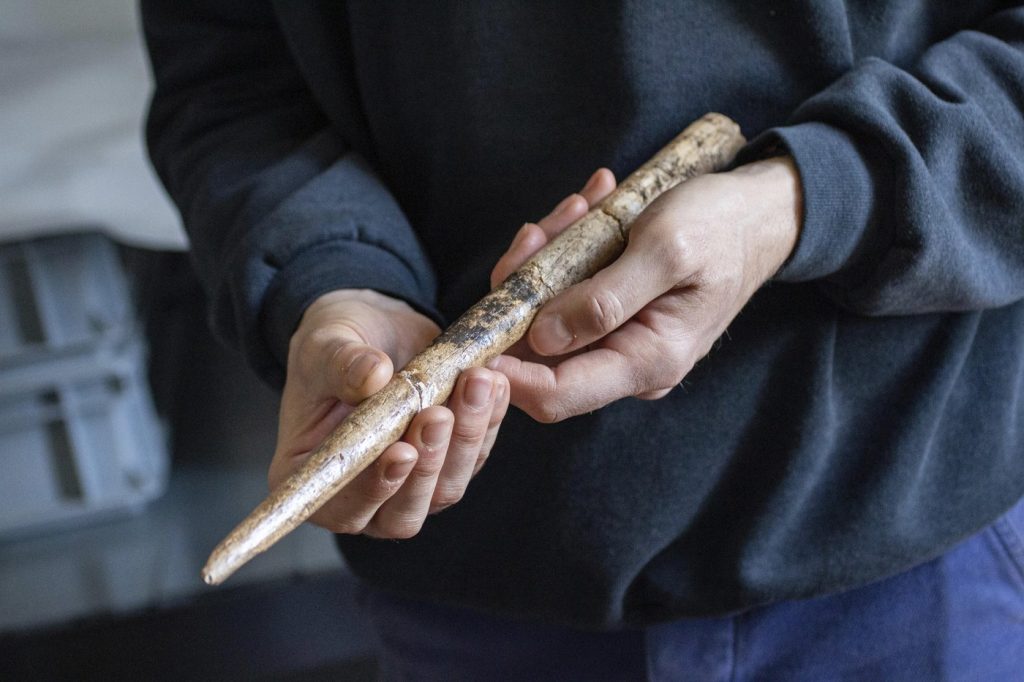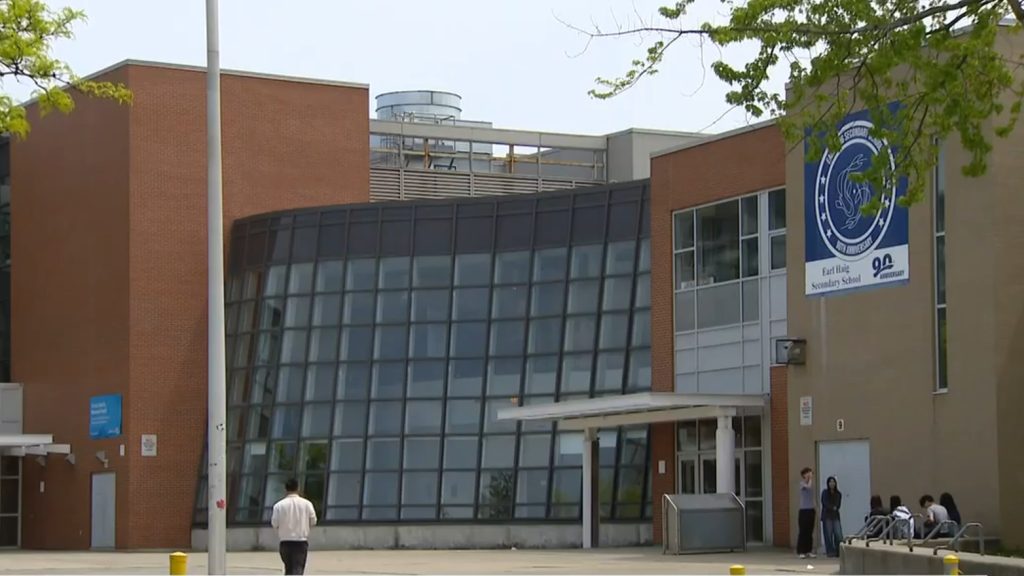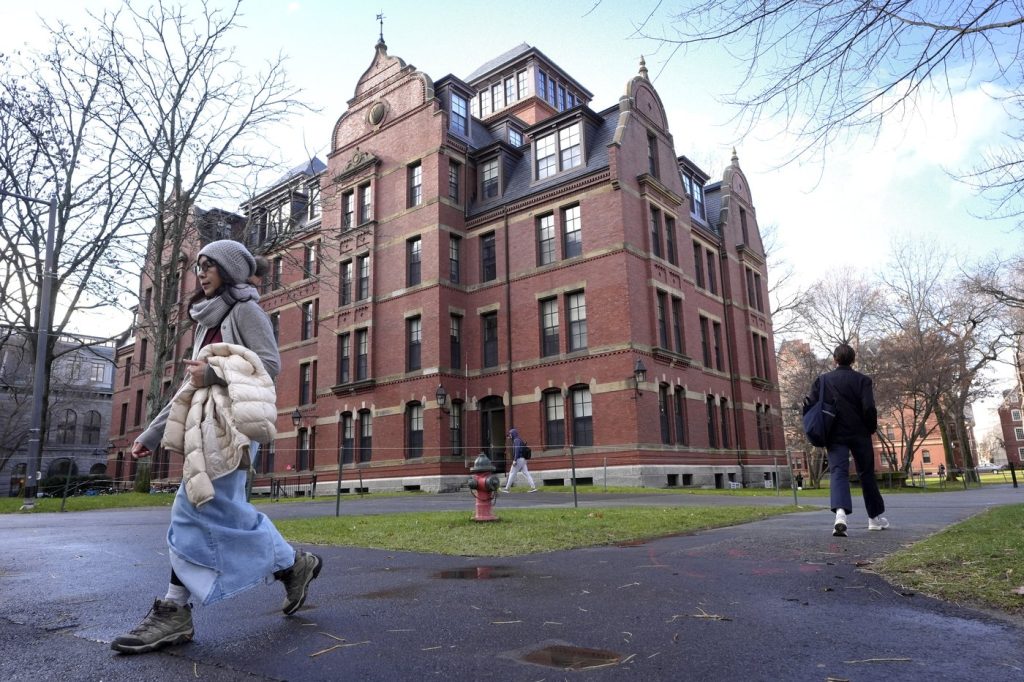ALBA DE TORMES, Spain (AP) – A crowd of silent, awe-struck spectators recently gathered to see the remains of Saint Teresa of Ávila, housed in an open silver casket, over 440 years after her death. This sacred display took place in Alba de Tormes, a picturesque town surrounded by rolling pastures in western Spain, drawing in Catholic worshippers eager to pay homage to the revered Spanish saint, mystic, and 16th-century religious reformer.
Guiomar Sánchez, who journeyed from Madrid with her two daughters on the last full day of the exhibit, expressed her feelings of fulfillment, joy, and a touch of sadness upon seeing the saint. Inspired by her mother’s devotion to Saint Teresa, Sánchez noted that her mother's faith played a significant role in her visit. "Seeing her was an inexplicable experience," she remarked, highlighting the saint’s timeless influence through her writings.
The casket containing the saint's remains was resealed on a Monday morning and carried through the streets of Alba de Tormes, accompanied by a procession of pilgrims. It remains uncertain when the Church will permit the public to view Saint Teresa’s remains again, as the last display occurred in 1914 and only for one day. In contrast, the recent exhibit attracted nearly 100,000 visitors over a span of two weeks, according to Miguel Ángel González, the prior of the Discalced Carmelites of Salamanca.
The casket itself is relatively small, measuring approximately 1.3 meters (4 feet) in length. Inside, what is visible includes a skull dressed in a habit, while vestments conceal other body parts, not all of which are preserved. The heart of Saint Teresa is stored in a different part of the church, with additional relics, such as fingers and a hand, scattered across various churches throughout Europe.
Saint Teresa is a prominent figure from Spain's Golden Age and the 16th-century Counter-Reformation. Her explorations of the inner life and contemplations on her relationship with God challenged norms of her time but have been revered over the centuries for their depth and spiritual insight. José Calvo, a theology professor at the Pontifical University of Salamanca who specializes in Medieval history, described her writings as a "profound treatise on spirituality."
The saint has garnered a wide array of veneration, even attracting the interest of historical figures, such as former Spanish dictator General Francisco Franco, who reportedly kept one of her relics beside his bed. Last September, newly elected Pope Leo XIV made a visit to her birthplace in Ávila, located about an hour’s drive from Alba de Tormes.
Despite the remarkable interest in the display, some online responses have highlighted the macabre nature of gathering around the centuries-old skull. However, church officials and experts have played down such reactions, pointing out that this is a traditional practice among Catholics honoring their saints throughout history. Cathleen Medwick, author of "Teresa of Avila, The Progress of a Soul," noted that such displays were common whenever individuals were believed to be saints, and the relatively well-preserved condition of the body was often viewed as a sign of sanctity.
During the exhibit, many worshippers were visibly moved by the presence of Saint Teresa’s remains. On one occasion, a group of nuns from India stood tearfully beside the casket, while Gregoria Martín López, 75, climbed to an elevated area of the church in hopes of gaining a better view. "The saint for me is a thing of great strength. If they close her, I can say that I saw her," she reflected, blowing a kiss toward the relic as music filled the air.












